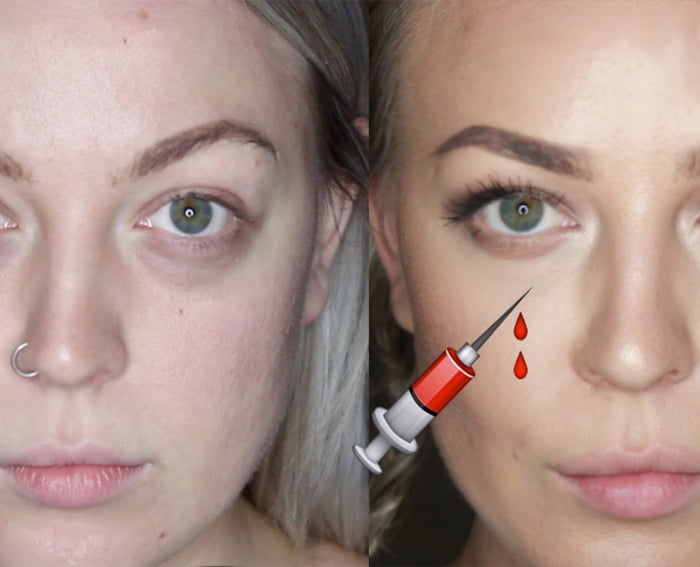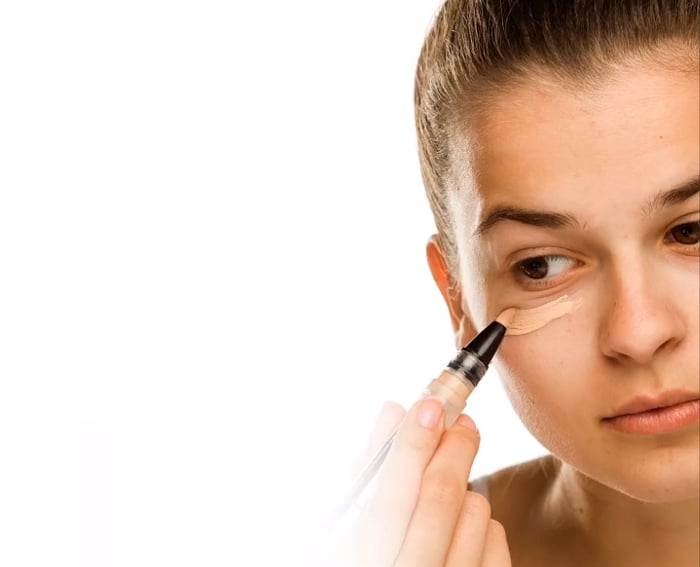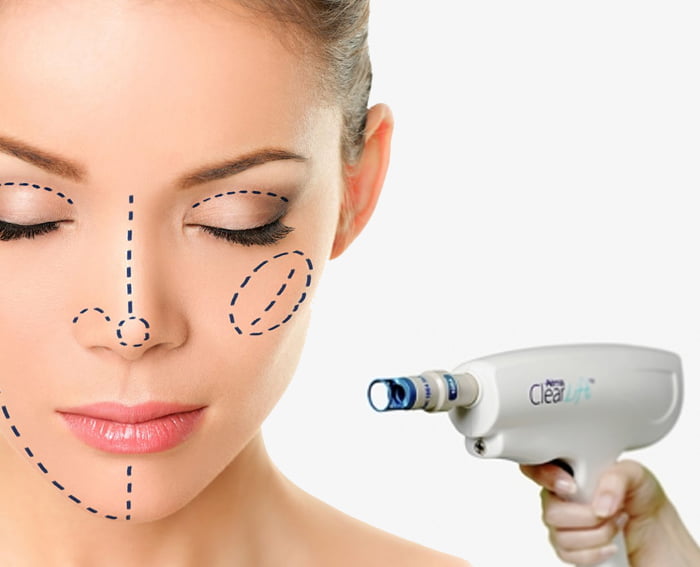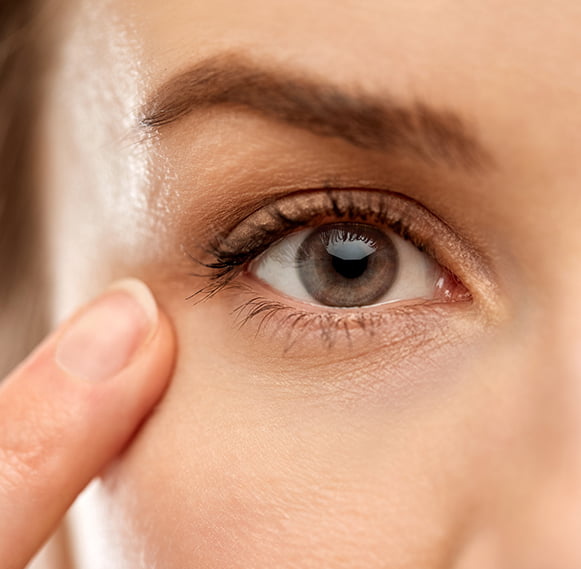(dark circles)
Periorbital pigmentation
Periorbital hyperpigmentation (POH), also known as periocular hyperpigmentation, periorbital melanosis, dark circles, infraorbital darkening, infraorbital discoloration, or idiopathic cutaneous hyperchromia of the orbital region, is a common condition encountered in dermatology practice. It is an ill-defined entity that presents as bilateral round or semicircular homogenous brown or dark brown pigmented macules in the periocular region. It can affect an individual’s emotional well-being and influence quality of life. At Akiya Aesthetics, Dr. Rupika Singh offers Dark Circles Treatments in Ghaziabad & Delhi.
There is scarcity of data regarding the incidence and prevalence of POH due to its transitory nature and lack of reasonable etiological explanation. In an Indian study, it was found that POH was most prevalent in the age group of 16 to 25 years (i.e., 95 out of 200 patients [47.50%]). Among the 200 patients studied, it was more prevalent in women (162 [81%]) than men and the majority of the affected women were housewives (91 45.50%])


Clinically, POH is characterized by light- to dark-colored, brownish-black pigmentation surrounding the eyelids. It gives a tired look to the patient. Diagnosis is mainly based on clinical examination. It is important to differentiate the dark eyelid skin with shadowing due to tear trough. Manual stretching of the lower eyelid skin can help to differentiate between true pigmentation and shadowing effect. Although the former retains its appearance with stretching, the latter improves or resolves entirely. An increase in violaceous discoloration on manual stretching of the lower eyelids is due to thin eyelid skin or hypervascularity of lower eyelid.
Causes
Dark Circles Treatments by Akiya

Microdermabrasion is a minimally invasive procedure used to renew overall skin tone and texture. It can improve the appearance of sun damage, wrinkles, fine lines, age…

Who doesn’t love glowing skin? Exposure to harmful chemicals, dust, pollution and natural ageing can cause your skin to lose its lustre. This is why chemical peels are just…

Tear trough can interfere with the overall appearance and can make you look dull. Correcting this minor flaw can give you a renewed look and the confidence…

The treatment uses DermaFrac, which is a micro-needling (skin needling) machine that offers simultaneous delivery of infused ingredients in a pain-free…

Skin can be made even more beautiful when you choose the right treatment for it. When you have a skin concern that is easily seen…

Loss of collagen as we age is what makes us look older and it needs a holistic skin care treatment. Due to natural processes of pigmentation and aging…



Welcome to Akiya Aesthetics!
7982905033